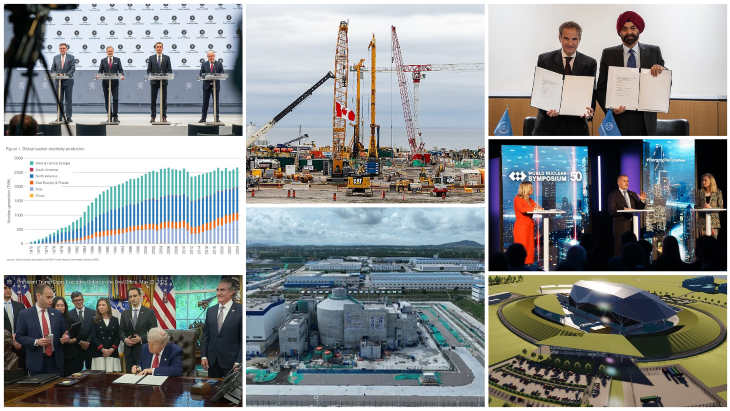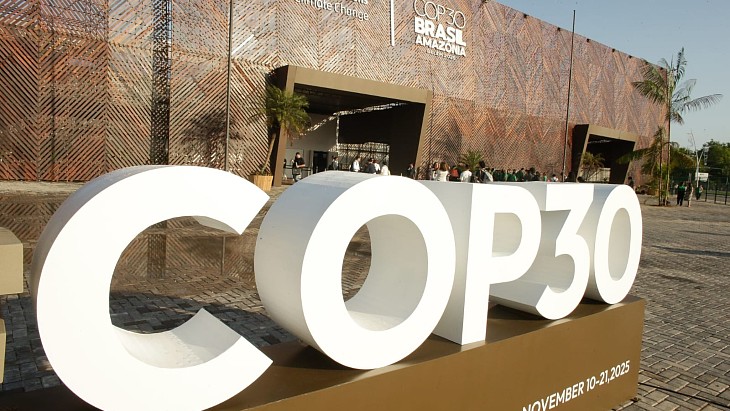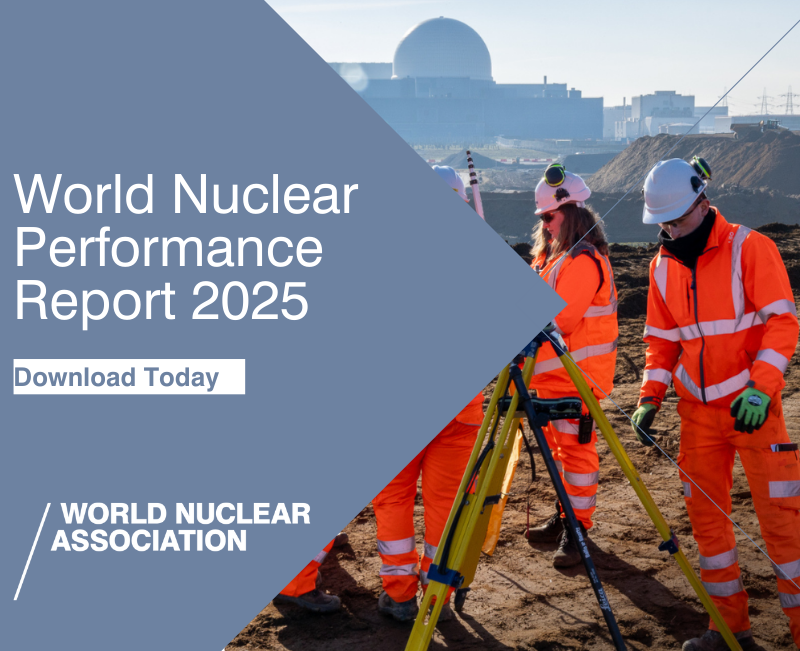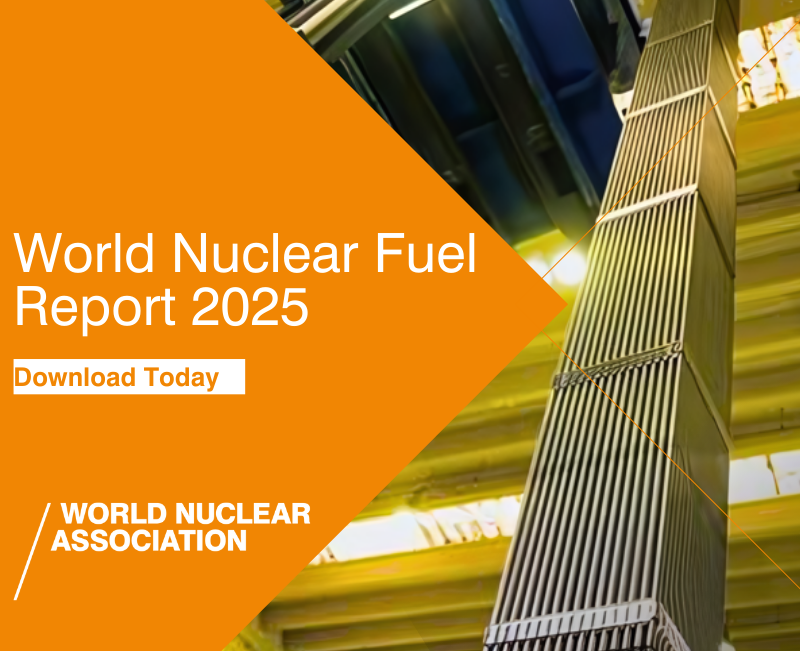NRG-Pallas applied in June 2022 to the Dutch regulator, the Authority for Nuclear Safety and Radiation Protection, for a permit to construct and operate the Pallas reactor. ANVS granted a construction licence in mid-February 2023. Preparatory work on the foundation began in May 2023. This work was carried out by Belgian construction firm Besix, which was awarded a contract in November 2022.
The building of the construction pit - a hole of about 50 metres by 50 metres and 17.5 metres deep - and the foundation has now been completed. This has involved digging 30 trenches measuring one-and-a-half metres wide, into which concrete was poured to create the so-called "diaphragm walls". The diaphragm walls are anchored with 380 bored piles placed within them. An underwater concrete floor 1.5 metres thick has also been constructed, and on top of this, a reinforced foundation slab measuring 50 metres by 50 metres and also 1.5 metres thick.
"This unique construction project has brought together all of our expertise and innovative capabilities. Both in terms of technical aspects and the stringent security requirements of a nuclear site, as well as the construction site surrounded by the dune area," said Nic De Roeck, managing director of Besix Nederland. "All of this introduced additional considerations for how we had to execute the work. I look back with satisfaction on how we carried out this challenging work together with NRG-Pallas and our partners; this was work at a Champions League level."
Peter Dijk, programme director and member of the Executive Board at NRG-Pallas said completion of the pit and foundation was "a significant step forward on the path to realising the Pallas reactor". He added: "This has laid the foundation for the next phase of construction. The arrival of the Pallas reactor is crucial for the production of medical isotopes."
Currently, NRG-Pallas, together with main contractor Spanish construction firm FCC Construcción and designer ICHOS, is preparing the next phase of the project.
Last month, FCC Construcción signed an agreement with NRG-Pallas to move the project forward through its successive phases. To this end, an agreement was formalised on the scope, schedule, budget and technical solutions for the construction of the first part of the Pallas reactor building.
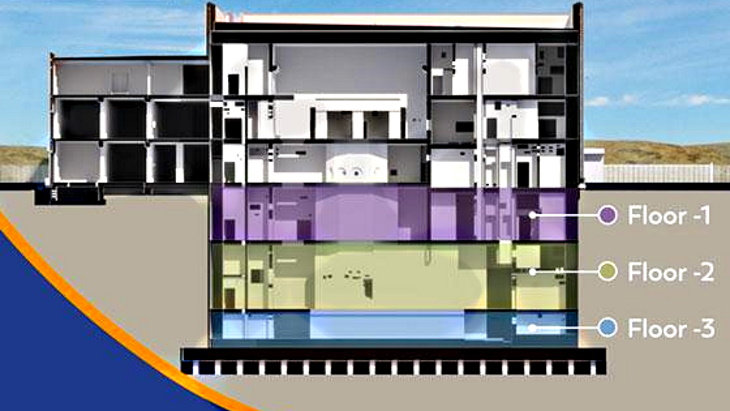
A cross-section of the Pallas reactor building (Image: FCC Construcción)
The construction site is now being restructured so that work on the lower section of the reactor can begin later this year. Additionally, preparations are underway for the installation of the cooling water pipeline. The pipeline will extract water from the North Holland Canal and discharge it into the sea.
Although funding has been allocated in the coming years for the construction of the Pallas reactor, the Dutch government has yet to make a final decision on its construction. The European Commission has already approved, under EU state aid rules, the Dutch government's plan to invest EUR2 billion (USD2.2 billion) in the construction of Pallas.
Former Minister of Health, Welfare and Sport Ernst Kuipers instructed the NRG-Pallas not to take any irreversible steps, but to continue with the preparations for the project in the meantime to avoid unnecessary delays.
The Pallas research reactor is to be built at Petten to replace the existing High Flux Reactor (HFR). The 45 MW HFR started operating in September 1960, since when its use has largely been shifted from nuclear materials testing to fundamental research and the production of medical radioisotopes. The reactor - operated by NRG on behalf of the European Union's Joint Research Centre - has for a long time supplied about 60% of Europe's and 30% of the world's medical radioactive sources.
Pallas will be of the "tank-in-pool" type, with a thermal power of around 55 MW, and able to deploy its neutron flux more efficiently and effectively than the HFR.
Article researched and written by WNN's Warwick Pipe

_88766.jpg)



_47120.jpg)
_23621.jpg)
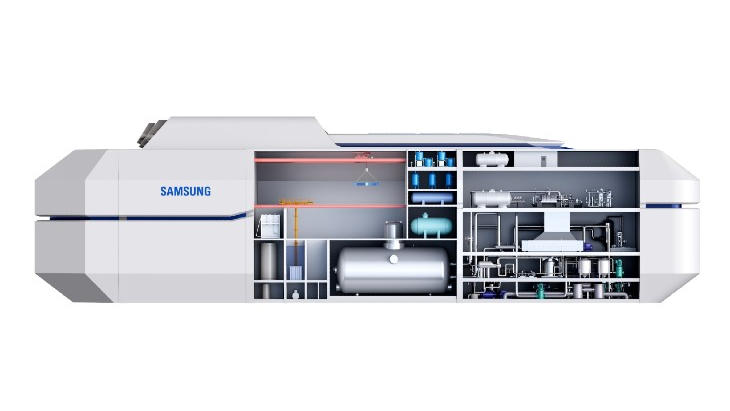
_63865.jpg)
